- The Hanging Temple, built in 491 AD, is a unique temple that combines Buddhism, Taoism and Confucianism
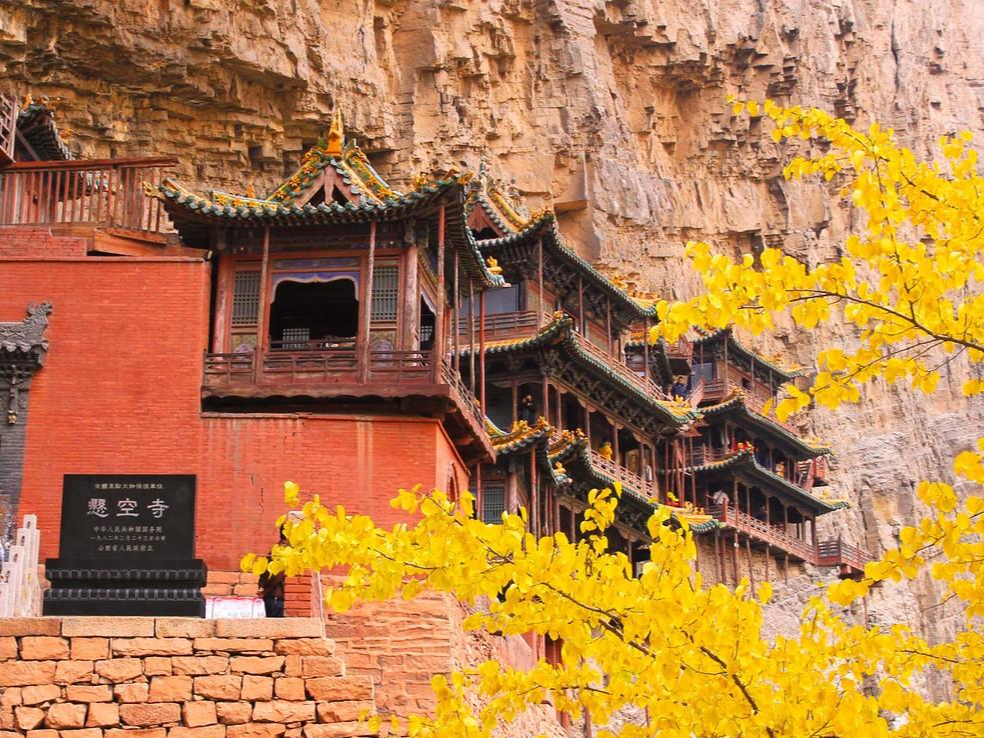
Xuankong Temple, located between the cliffs of Cuiping Peak on the west side of Jinlongxia Hengshan Mountain in Hunyuan County, Datong City, Shanxi Province, was originally called Xuankong Pavilion. Xuan was derived from the teachings of Chinese Taoism and Kongzi was derived from the teachings of Buddhism. Later, it was renamed Xuankong Temple. Because the whole temple is like hanging on a cliff, hanging with the same sound as Xuan, hence the name.
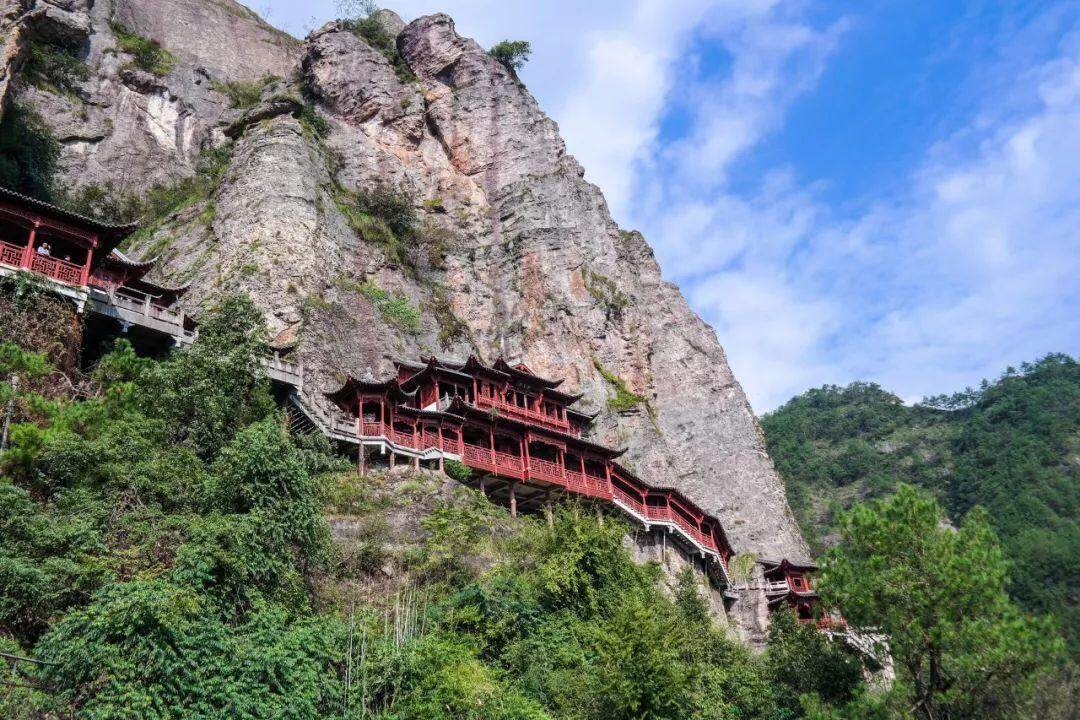

The Hanging Temple was built in 491 AD. It is a unique temple combining Buddhism, Taoism and Confucianism. Its architecture is very distinctive and is known for its steepness as it is facing the abyss. It is known as the slang term "hanging temple, half a sky high, three horsetails hanging in the sky".
building style
The Hanging Temple of Hengshan uses the principle of mechanics as a base, and uses the rock to hide it. The beams and columns are integrated up and down. There are more than 80 bronze, iron, stone, and clay Buddha statues in the temple. The two characters are spectacular on the rock under the temple, which is the calligraphy of the poet Li Bai of the Tang Dynasty. The whole temple is a wooden frame structure. The cliffs are drilled and suspended beams are inserted as the foundation. The pavilions are connected by plank roads, and they are backed by steep cliffs. There is a deep valley underneath. The temple is not big, but it is ingenious and magnificent.
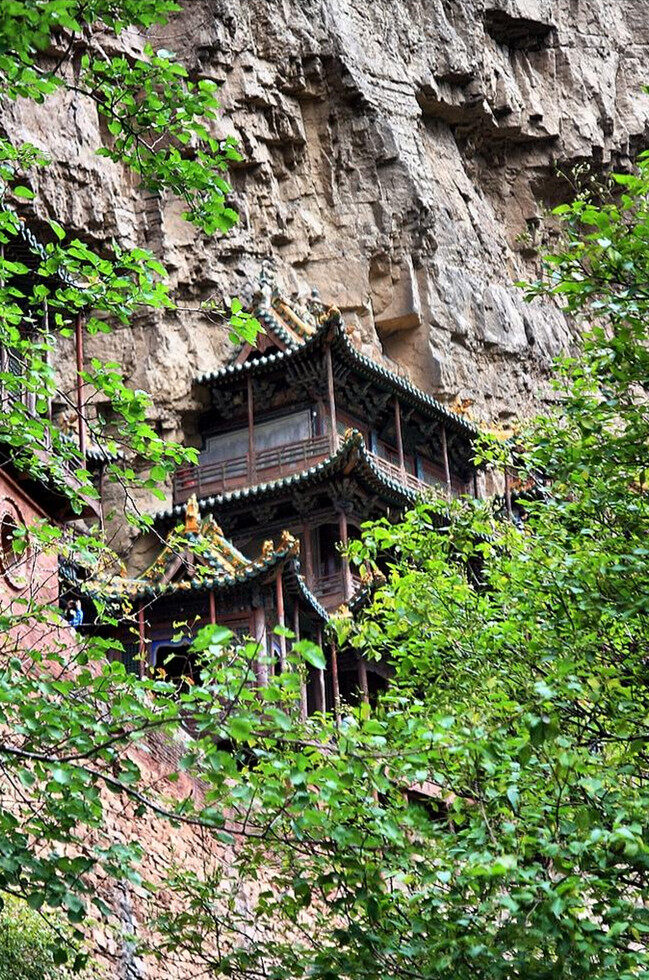
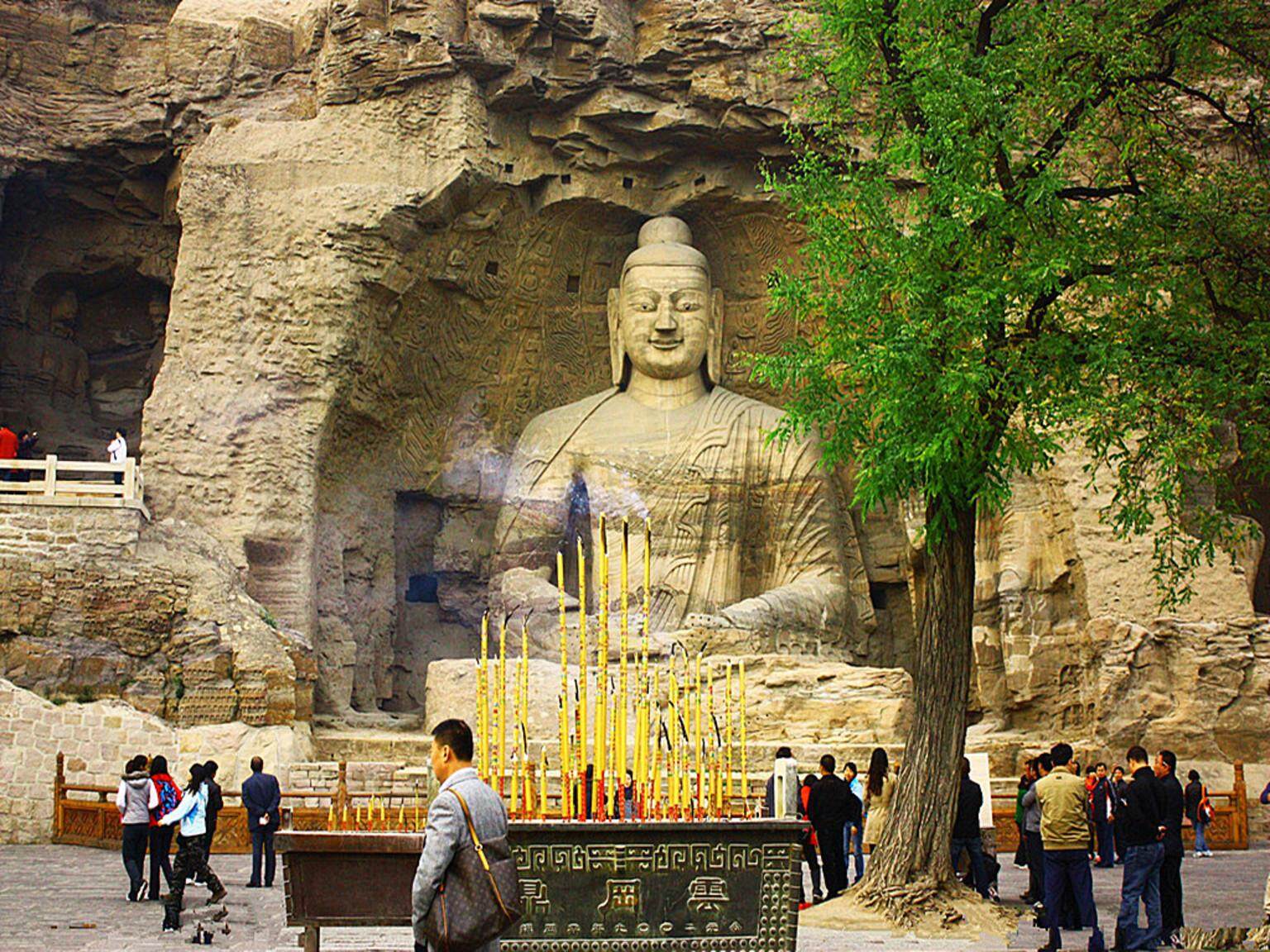
The distribution of the palaces is symmetrical with changes, scattered with connections, twists and turns, virtual and real, small and exquisite, rich in space, varying levels, small and big, not perceived as a place of projectiles, compact layout, scattered and interdependent.
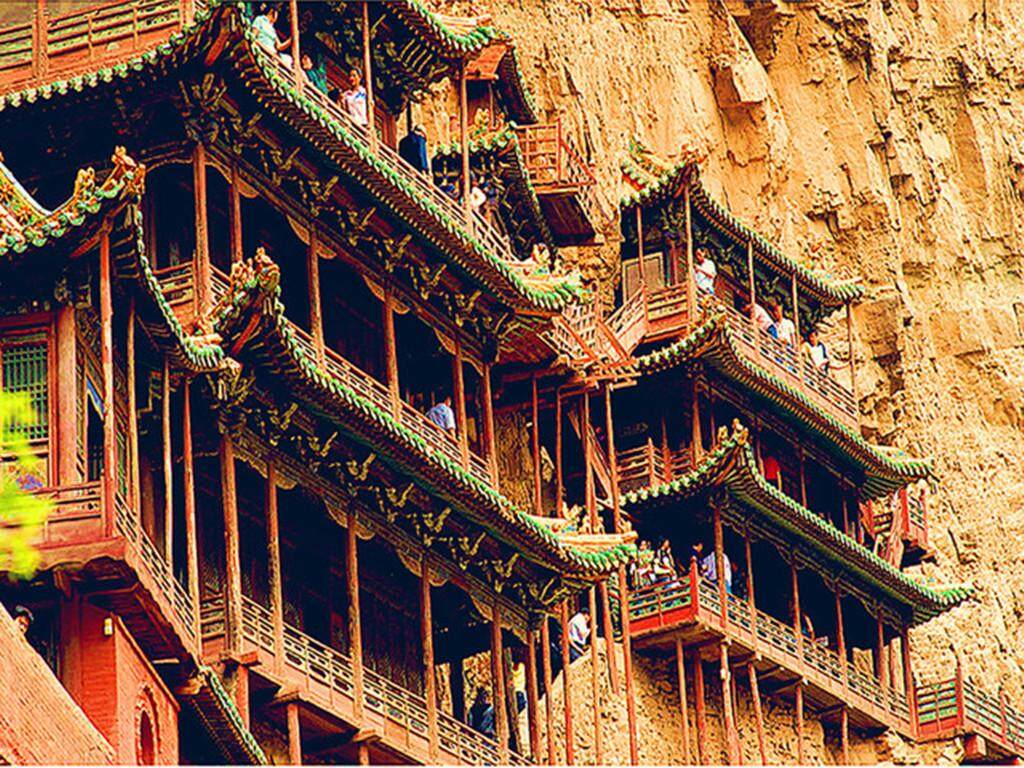
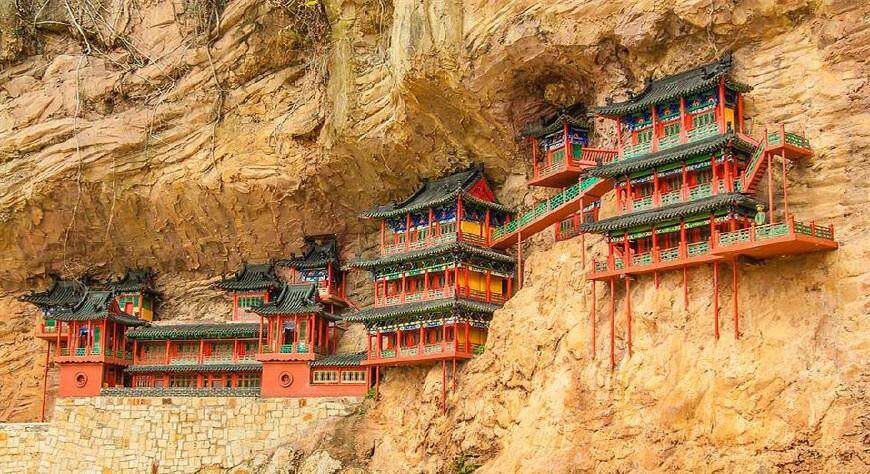
The Hanging Temple not only has a thrilling appearance, peculiar and magnificent, but also has a distinctive architectural structure with a variety of forms. The eaves include single eaves, double eaves, and three-layer eaves. The structure includes beam structure, flat roof structure, and bucket arch structure. The roof has a ridge, Hanging ridges, crooked ridges, and poor ridges. The overall appearance, ingenious construction of the macro system, overlapping and overlapping, creates a unique style of building in the cave, cave in the building, half-wall hall and half-wall cave, cave-connected hall, and hall-connected buildings, which integrates the art of Chinese garden architecture. , Without losing the pattern of traditional Chinese architecture. Among the various copper, iron, clay sculptures and stone sculptures that exist in the Xuankong Temple, many styles and styles have the characteristics of the early period and are treasures with high artistic value. Editor/He Yuting
Comment
 Praise
Praise
 Collect
Collect
 Comment
Comment
 Search
Search




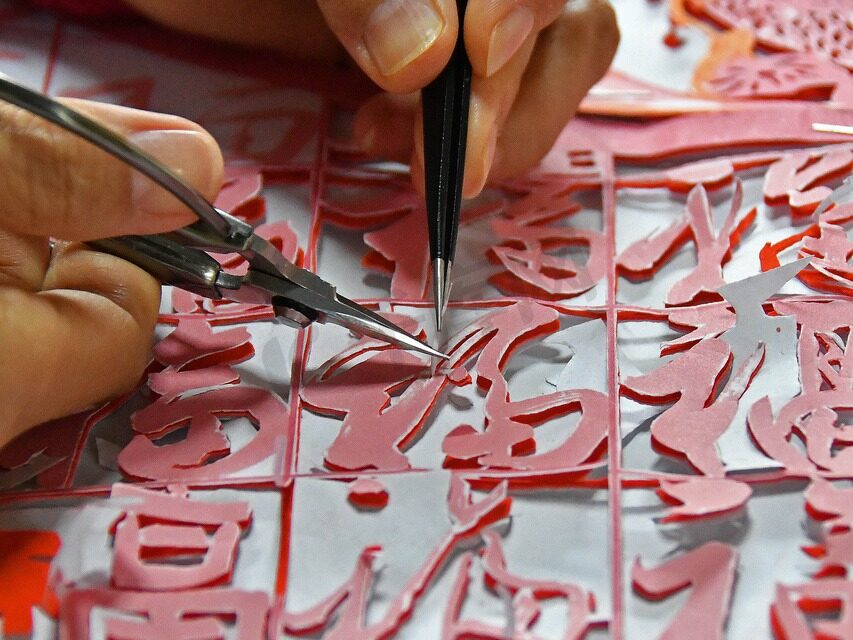
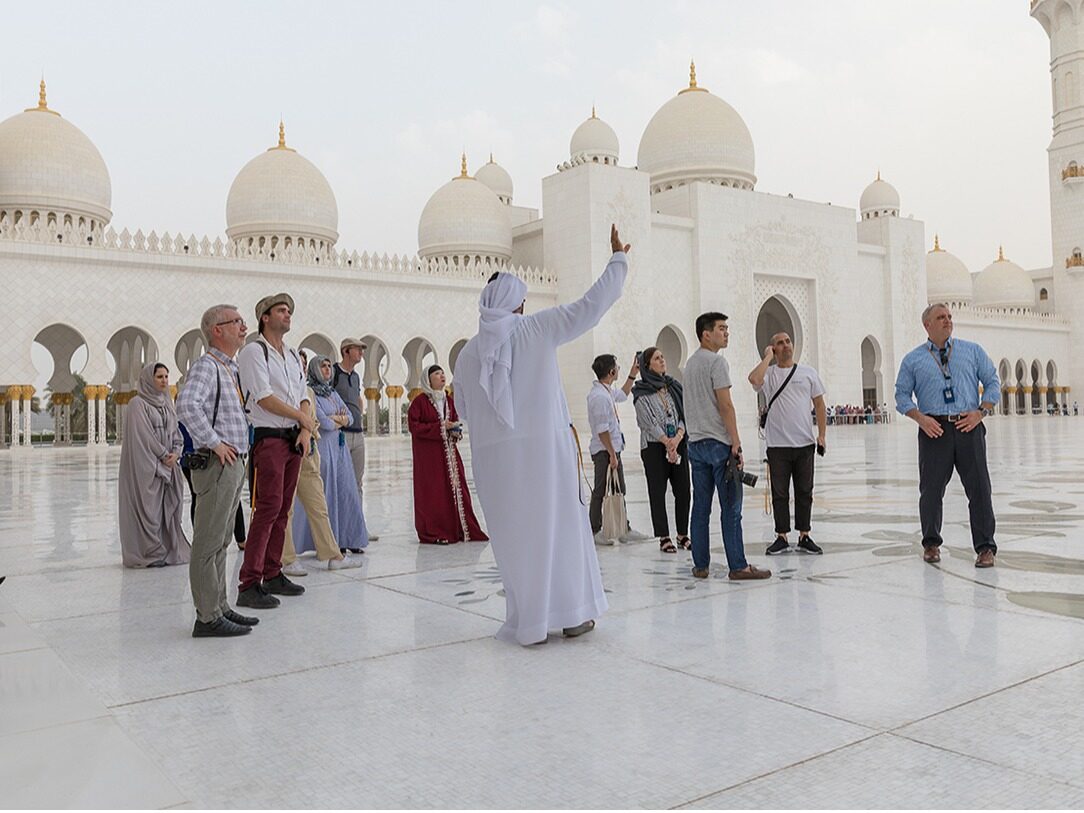

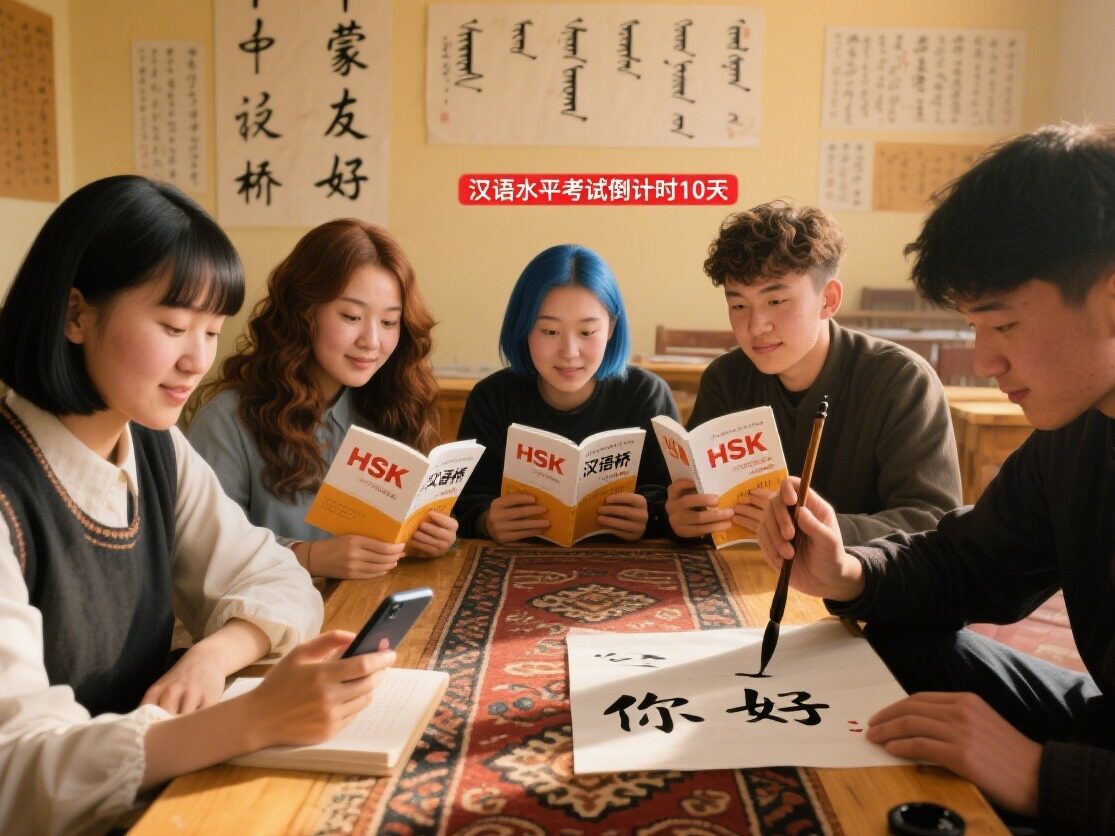






Write something~